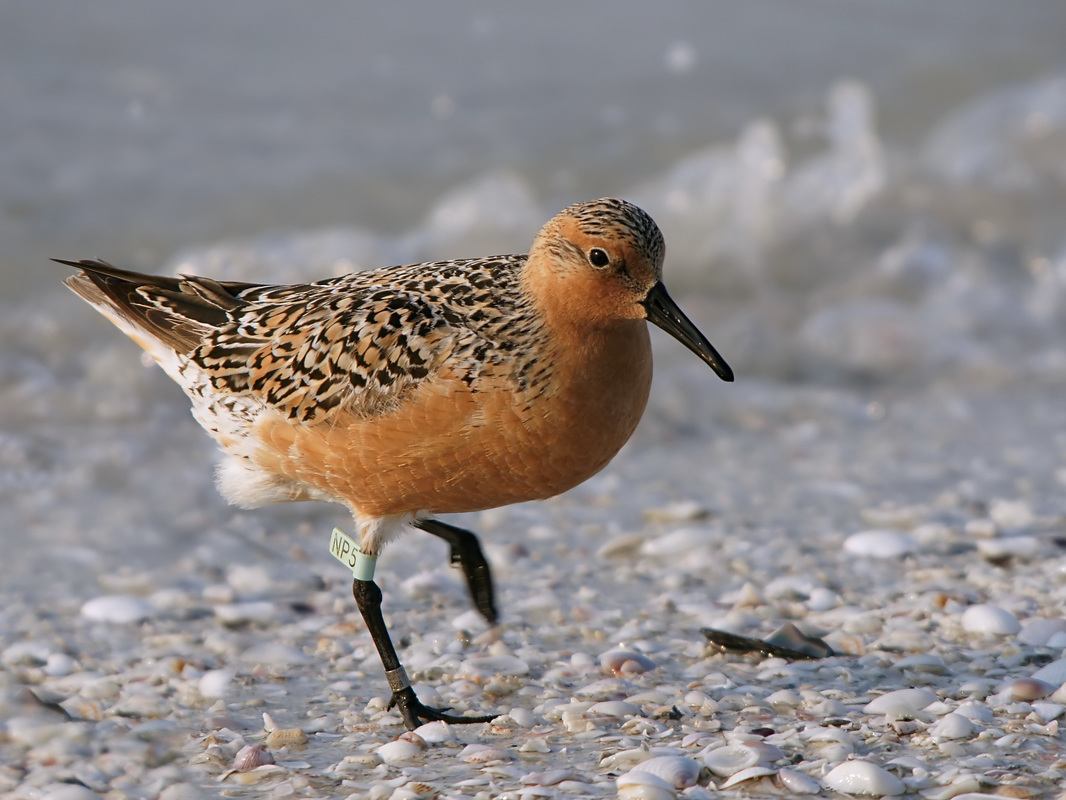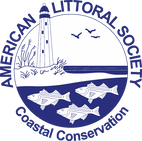Shorebirds

The Delaware Bayshore is one of the most important migratory bird stopover sites in the Western Hemisphere, providing food and rest to thousands of migrating shorebirds annually.
The importance of the Delaware Bayshore to migratory shorebirds is due largely to the unusually high population of spawning horseshoe crabs on the beaches every May and June. In fact, about half of Limulus polyphemus, the subspecies of horseshoe crab that lives in North America, spawns on Delaware Bay beaches. Each female will lay up to 80,000 eggs per season, may of which get washed or dug up out of the sand where they become available for birds to eat. The eggs are high in fat and protein which is very important for migrating birds, many of whom have traveled thousands of miles and still have thousands of miles to go.
The importance of the Delaware Bayshore to migratory shorebirds is due largely to the unusually high population of spawning horseshoe crabs on the beaches every May and June. In fact, about half of Limulus polyphemus, the subspecies of horseshoe crab that lives in North America, spawns on Delaware Bay beaches. Each female will lay up to 80,000 eggs per season, may of which get washed or dug up out of the sand where they become available for birds to eat. The eggs are high in fat and protein which is very important for migrating birds, many of whom have traveled thousands of miles and still have thousands of miles to go.
Red KnotFlies over 18,000 miles every year from the southern tip of South America all the way to the Arctic, and back.
Will often double its body weight in the two weeks that it spends in Delaware Bay. Recently listed as Threatened under the Endangered Species Act. |
Semipalmated SandpiperMakes nonstop, transoceanic flights of 1,900-2,500 miles from New England and southern Canada to the coasts of South America.
The name comes from the short webs between its toes ("palmated" means webbed). |
Ruddy TurnstoneOften turns over stones and other objects while foraging to look for insects underneath. Hence the name.
As part of their courtship ritual, males make nest-like scrapes on the ground. Ostensibly just to prove that they can, since these aren't ultimately used for eggs. |




